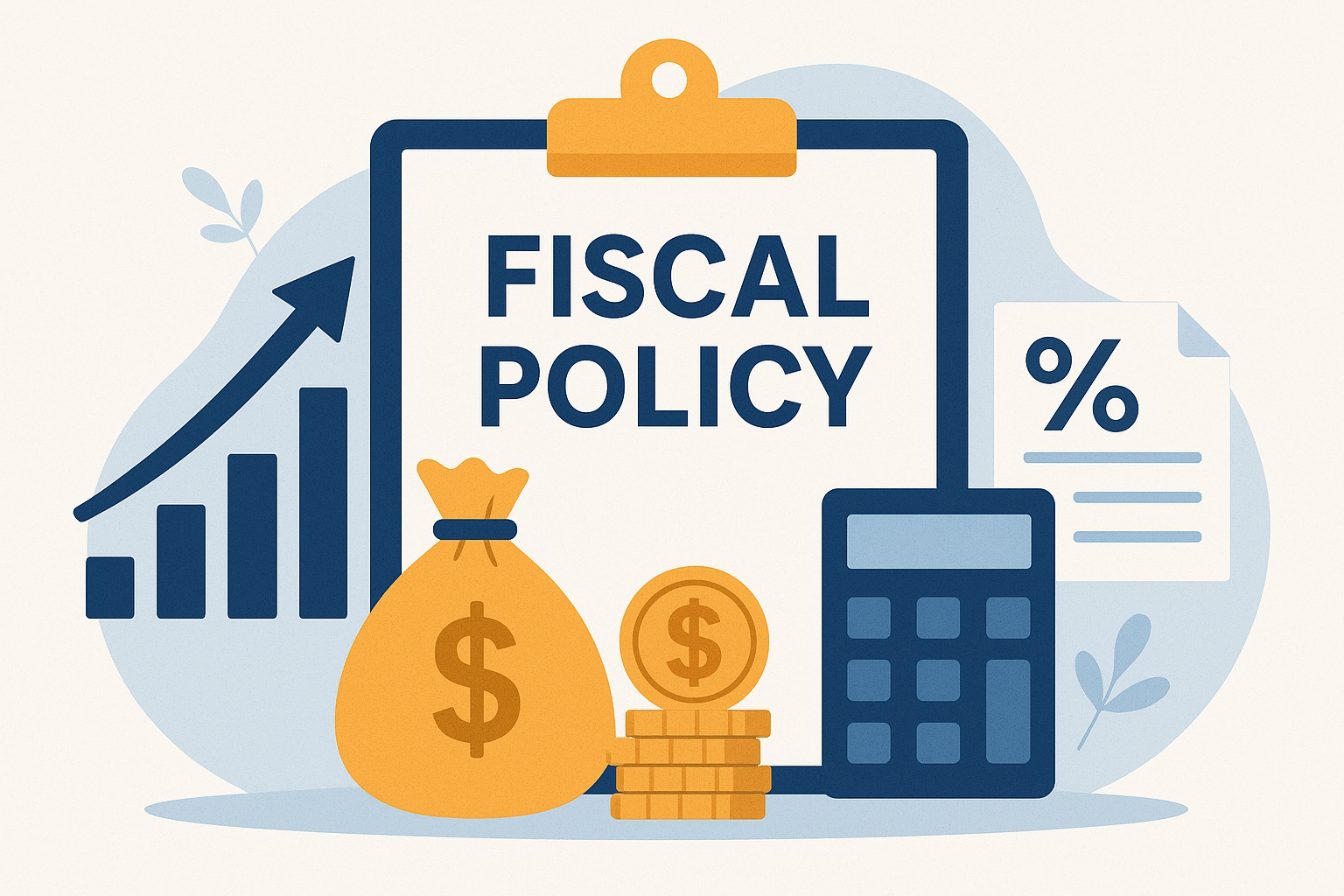Potential Negative Economic Effects from a Possible Monetary Tightening Overdose Looms as CBN Slashes Bank Deposits.
- By Chinedu Okoye
Summary:
• The Central Bank of Nigeria intensified monetary tightening through aggressive liquidity mop-ups; via OMO sales, CRR debits, and higher SDF rates, essentially draining cash from banks.
• Credit contracting deepens with a 45% CRR (and 75% for public deposits), banks are left with limited funds for private lending, compressing credit growth and money supply.
• The current monetary policy tweaks and stance, seems to one that prioritizes near-term exchange rate and inflation stability at the expense of investment and output expansion.
• Excessive tightening risks keeping the apex bank behind the curve, dampening non-oil export competitiveness as a stronger Naira erodes FX revenues.
• We expect potential Naira weakness by Q1–Q2 2026 amid lower liquidity, slower credit growth, and dependency on external inflows (oil, remittances, FPIs).
Monetary Policy Extremism:
The Central Bank of Nigeria is moving from strict data-driven monetary policy that promotes balance to a more extreme version with its latest tweaks to reserve requirements which all amount to a decline in the amount of loanable funds, a saturated market and tight credit conditions, speaking liquidity concerns in the Zero Equilibrium camp.
The “mop-up” isn’t a single action — it’s a mix of liquidity absorption measures (OMO sales, CRR debits, and Standing Deposit Facility (SDF) rate hikes designed to drain cash from the banking system tightening monetary conditions.
The high cash reserve ratio of 45% along with steady sale of short-term government securities, means banks have only 55 kobo to every Naira in deposits to fund lending positions. With the continuous rollover of Nigerian Treasury Bills (NTBs), banks have even less room to extend credit to the private sector, resulting in a contraction in money supply and tighter credit conditions.
An Extra Layer of Liquidity Squeeze::
Also the CBN has been debiting additional reserves above the 45% threshold and offering a higher rates of interest (24.75%), on its special deposit facilit where banks can park liquidity and earn a return on excess funds overnight.
This mechanism effectively crowds out private sector credit, as liquidity is pulled from banks’ balance sheets into the CBN’s vaults, further reducing available loanable funds..
High yields, a historically low money multiplier due to elevated CRR levels, and active returns on idle funds beyond required reserves, all converge to reduce credit availability and, consequently, the supply of the Naira leading to upward pressure on its price relative to the U.S. dollar.
All these tools aim to:
Reduce excess Naira in the system,
Curb inflationary pressures, and
Stabilize the exchange rate by discouraging speculative demand for FX.
ZE Commentary: Why this could be excessive and counterproductive.
With a still high 45% CRR for normal deposits and a 75% non-TSA accounts, this creates or imposes an extra layer of tightening and might be counterproductive, as banks are already operating under extreme constraints. This could potentially surpass the threshold necessary for exchange and inflation rate stability venturing into territory where credit contraction begins to suppress investment and output growth.
A growth Stability trade-Off:
With this move the apex bank appears to be sacrificing growth for stability, prioritizing near-term macroeconomic balance over lending activity and private investment.
The SDF, while similar in structure to the U.S. Federal Reserve’s Interest on Reserves (IOR) framework, operates here under a far tighter monetary environment, amplifying contractionary effects rather than cushioning them.
While these measures may offer short-term exchange rate stability, they pose longer-term risks.
Risks and Fears of the Central Bank Staying Behind the Curve:
At this point we believe with recent moves, the CBN is indirectly inflating the Naira, this could have negative effects on the economy. This essentially means the Nigerian Apex Bank is behind the curve on monetary easing.
This places an indirect tax on non-oil exports, as borrowing costs eating into their bottomline would now be excerbated by a higher Naira, which translates to revenue losses, since $1 can buy less Naira.
The disinflationary gains from the current tightening stance before the recent monetary policy adjustments, suggested those measures were effective. The bank should have waited out the year before any cuts above 50 basis points. This is because of the dependency on FPIs.
On the basis of availability outweighing costs, the Zero Equilibrium position prior to the last MPC was for a safe 25bps cut, and a 15% reduction in CRR. This improves liquidity, and leaves the FPI channel undisturbed. And since businesses were already adjusting, the harm would be to stifle or resrrrict effective money supply.
The Central Bank has tightened further with a marginal CRR cut, and a 3:4 (or 75%) reserve ratio on pubic sector deposits. So interest rates haven't changed much, or enough to have any offspring effect or reduction on overall costs leading to increase net profits. However, the availability of capital in a market already, initially crowded-out by public lending, has reduced.
On FPIs there's also a negative effect, as the effective demand for NTBs (excluding FPIs) has been reduced, with the new mop-up explained above. This makes NTB demand more dependent on foreign participation, and could impact both yields and subscription.
Remarks and Expectations:
• The Above presents a potential headwind for the Naira in the absence of an increase in Oil, Gas and Diapora Remittances, and FDI.
• As a result the above possible Naira weakness, in combination with the pseudo-tightening measures, the Nigerian economy could see a reversal of disinflationary gains the Naira loses steam.
• This makes us bearish on the Naira to settle between the baseline and worst case scenario, with a slide expected berween the end of Q1 2026 and the start of Q2 2026.




Comments
Post a Comment